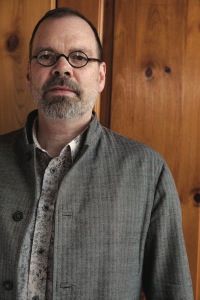
San Diego LGBT Weekly: Why did you decide that this film was needed? Why tell the story of ACT-UP now?
David France: For some time, I’d been thinking that someone needs to look back at the plague years and make sense of them. The majority of the work on AIDS [such as And the Band Played On, Angels in America, The Normal Heart, and Paul Monette’s books] came in the middle years. Those chronicled that uncertainty, that feeling that everyone is going to die. But no one had told the story of how we got out of there. It’s a hero’s tale. It’s uplifting. A ton of good stuff happened during those years, and almost all of it thanks to these guys [like Peter Staley, Mark Herrington, Robert Rafsky, etc.] Someone told me while I was working on the film, “We had a lot of fun when everyone was dying.” The community came together; there was a lot of communal love. There was a wicked sense of humor. There was a new idea of what life was. And that was exciting.
The old home movies that much of the film is based on are incredible. Where did you find it?
AIDS made its first appearance in 1981 and the camcorder came out in 1982. It was suddenly damn cheap to use video. And by 1987, it was fully embraced by activists who needed to tell the story no one else was telling. We were still being ignored by Newsweek and The New York Times. So people in the movement turned the cameras on [themselves] to show that they were not just victims of AIDS but vibrant human beings fighting for their lives.











